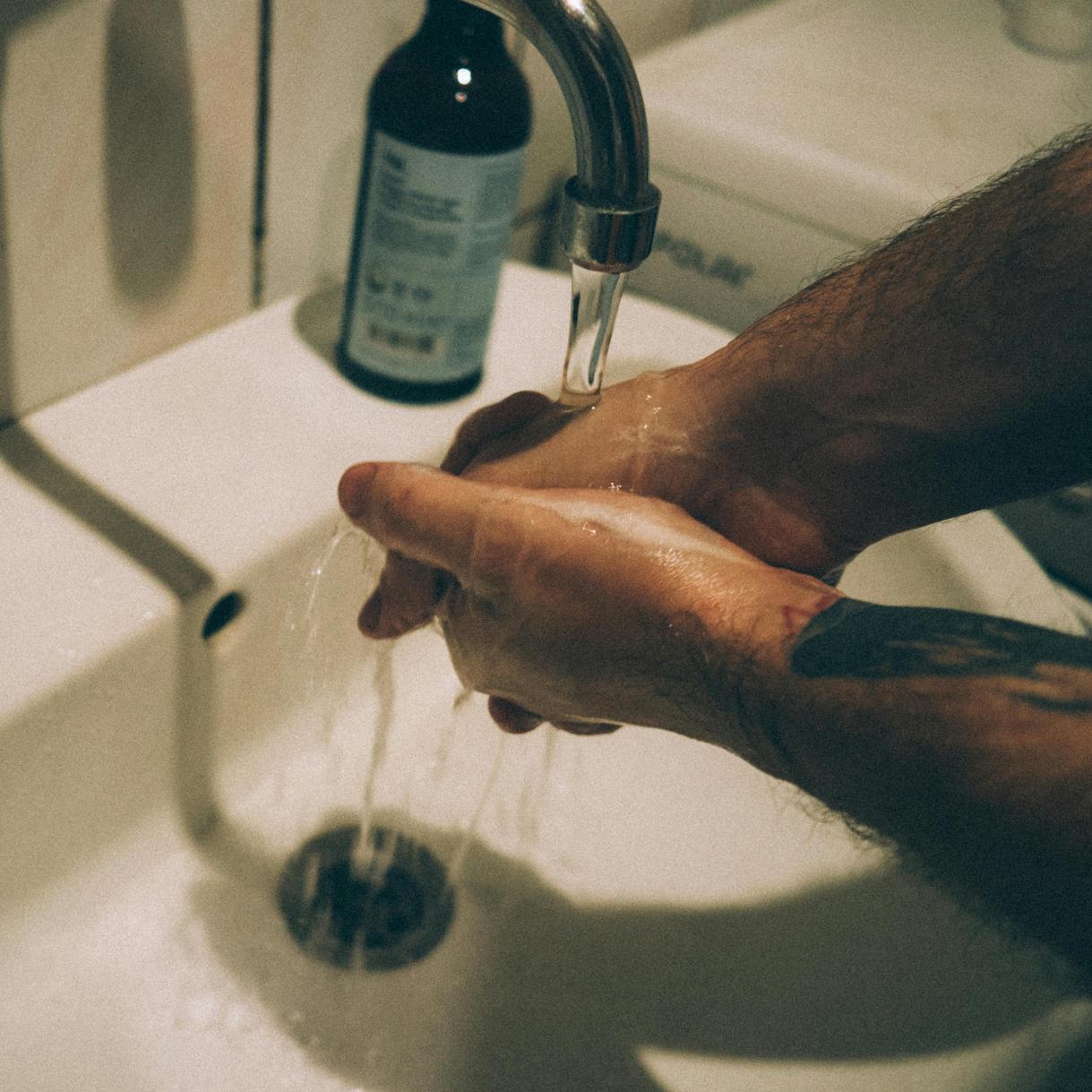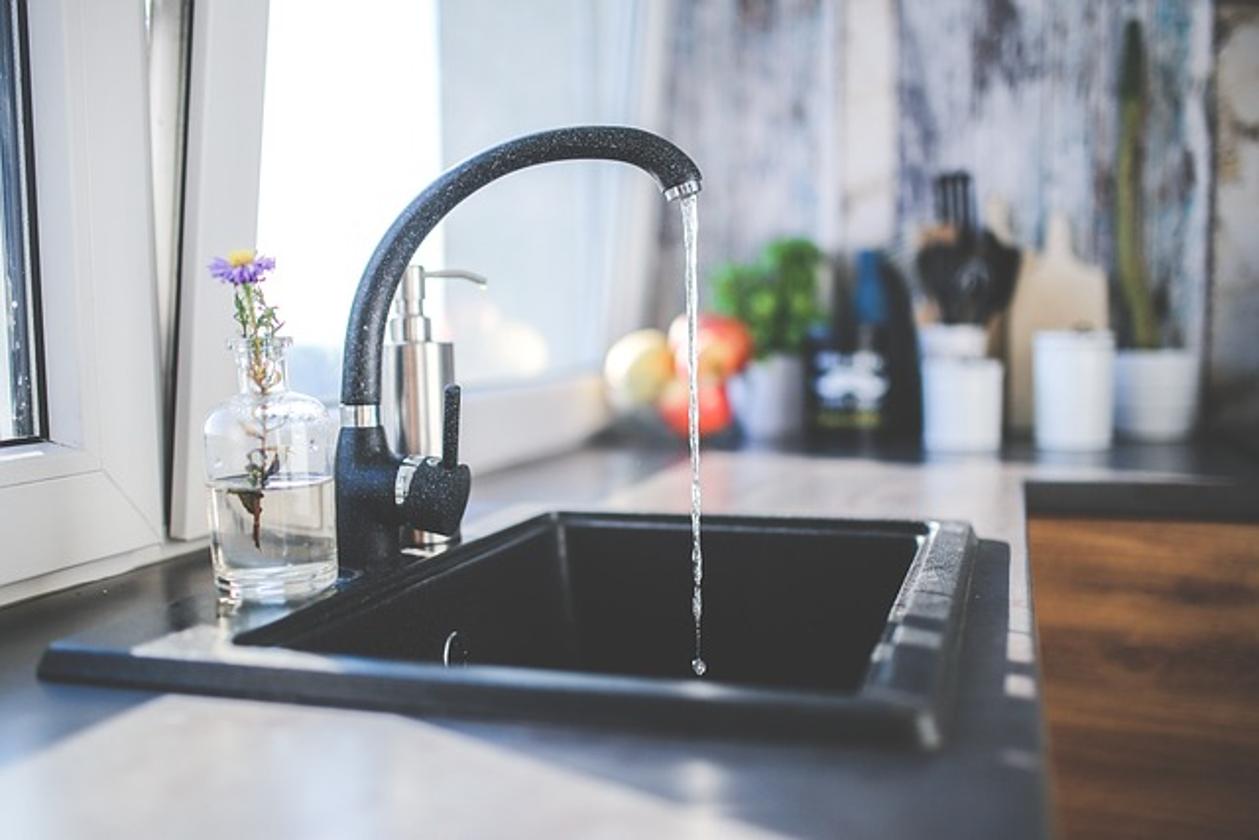How to Remove Calcium Buildup on Faucet
Introduction
Calcium buildup on faucets is a common household issue, especially in areas with hard water. These unsightly white or chalky deposits can stain your fixtures and even affect water flow. But there’s no need to worry; removing calcium buildup is easier than you might think. This comprehensive guide will walk you through how to identify, remove, and prevent calcium deposits on your faucets. Whether you prefer natural solutions like vinegar and lemon juice or commercial cleaners, we’ve got you covered.

Identifying Calcium Buildup on Your Faucet
Spotting calcium buildup on your faucet is straightforward. These deposits often appear as chalky, white residue around the spout or handles. They might also look crystal-like and can easily be mistaken for dirt.
To confirm if it’s calcium buildup, inspect the affected area. If it feels rough and doesn’t come off easily with water and a cloth, you’re likely dealing with mineral deposits. Hard water, which contains high levels of minerals like calcium and magnesium, is the primary culprit. These minerals are left behind when water evaporates, leading to the calcification on your faucets.

Tools and Materials You Will Need
Before starting the cleaning process, gather the necessary tools and materials. This will make the task more efficient and less stressful.
- White vinegar
- Baking soda
- Lemon juice
- Commercial calcium remover
- Old toothbrush or scrub brush
- Soft cloths or towels
- Rubber gloves
- Plastic bag
- Rubber bands
Having these supplies on hand will prepare you for each step in the cleaning process, making it easier to tackle those stubborn deposits.

Step-by-Step Guide to Removing Calcium Buildup
Whether you’re using natural remedies or commercial products, the following step-by-step guides will help you effectively remove calcium buildup from your faucets.
Using Vinegar and Baking Soda
- Prepare the Solution: Mix equal parts white vinegar and water in a bowl.
- Apply the Mixture: Soak a cloth in the solution and wrap it around the affected area of the faucet. Leave it for at least an hour.
- Scrub: Remove the cloth and scrub the buildup with an old toothbrush. For stubborn spots, make a paste of baking soda and water, apply it to the area, and scrub again.
- Rinse: Clean the area with water and dry with a soft cloth.
Using Lemon Juice
- Apply Lemon Juice: Squeeze fresh lemon juice onto the affected areas.
- Let it Sit: Allow the lemon juice to sit for about an hour. Its natural acidity helps break down the calcium deposits.
- Scrub and Rinse: Use a toothbrush to scrub the affected area, then rinse thoroughly with water and dry.
Commercial Cleaners: Pros and Cons
Pros:
- Effective: Commercial cleaners are specifically formulated to remove mineral deposits.
- Quick: They often work faster than natural solutions.
Cons:
- Chemical Exposure: These products can be harsh and may require gloves and ventilation.
- Cost: They can be more expensive than natural alternatives.
Choose a commercial cleaner if you need a quick fix or if natural remedies aren’t effective for your situation.
Preventive Measures to Avoid Future Buildup
Prevention is key to keeping your faucets looking new and preventing calcium buildup.
Regular Cleaning Practices
- Wipe Down Frequently: After each use, wipe down the faucet with a dry cloth to remove any water droplets.
- Weekly Cleaning: Use a mild vinegar solution weekly to clean your faucets and prevent buildup.
Installing Water Softeners
- Benefits: Water softeners reduce the concentration of calcium and magnesium in your water, making it less likely to leave deposits.
- Installation: Consider installing a water softener if you live in an area with very hard water.
Using Faucet Filters
- Easy to Install: Faucet filters can be easily attached and help reduce mineral deposits.
- Improves Water Quality: These filters not only prevent buildup but also improve the overall quality of your tap water.
Common Mistakes and How to Avoid Them
- Using Abrasive Tools: Avoid using metal scrapers or harsh brushes, as they can damage your faucet’s finish.
- Neglecting Regular Maintenance: Skipping regular cleaning can lead to more stubborn buildup over time.
- Ignoring Manufacturer Guidelines: Failing to follow the manufacturer’s cleaning recommendations can void warranties and damage your fixtures.
To avoid these pitfalls, stick to gentle cleaning agents and adhere to a regular maintenance schedule.
Conclusion
Removing calcium buildup from your faucet doesn’t have to be a daunting task. With the right tools and methods, you can easily restore your faucets to their original shine. Regular maintenance and preventive measures can help keep them looking new for longer.
Frequently Asked Questions
Can calcium buildup damage my faucet?
Yes, over time, calcium buildup can corrode and damage faucet finishes, reducing their lifespan and functionality.
How often should I clean to prevent calcium buildup?
For best results, clean your faucets weekly and wipe them down daily to prevent mineral deposits from forming.
Are commercial cleaners safe for all faucet finishes?
Not all commercial cleaners are safe for every type of finish. Always check the product label and follow the manufacturer’s recommendations.
